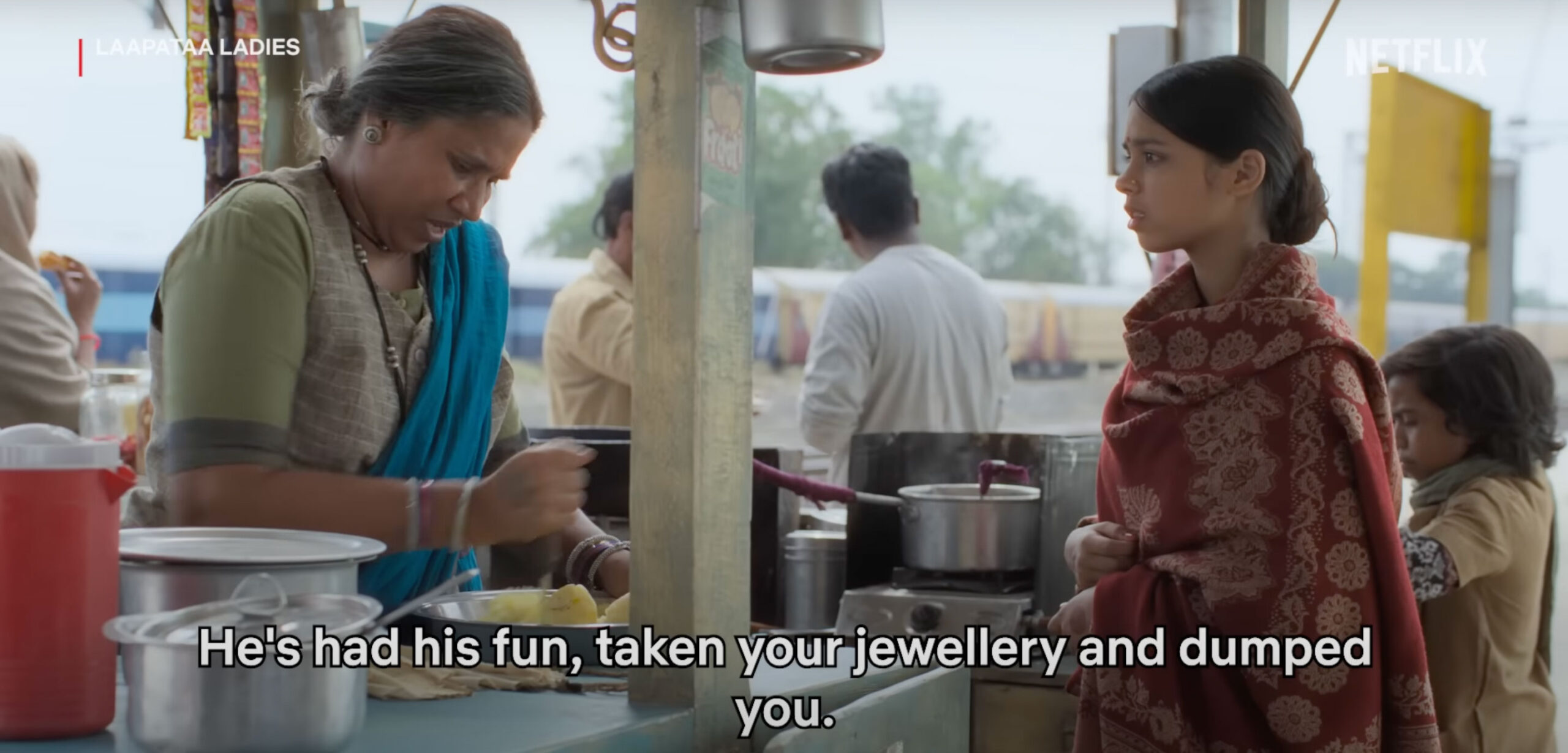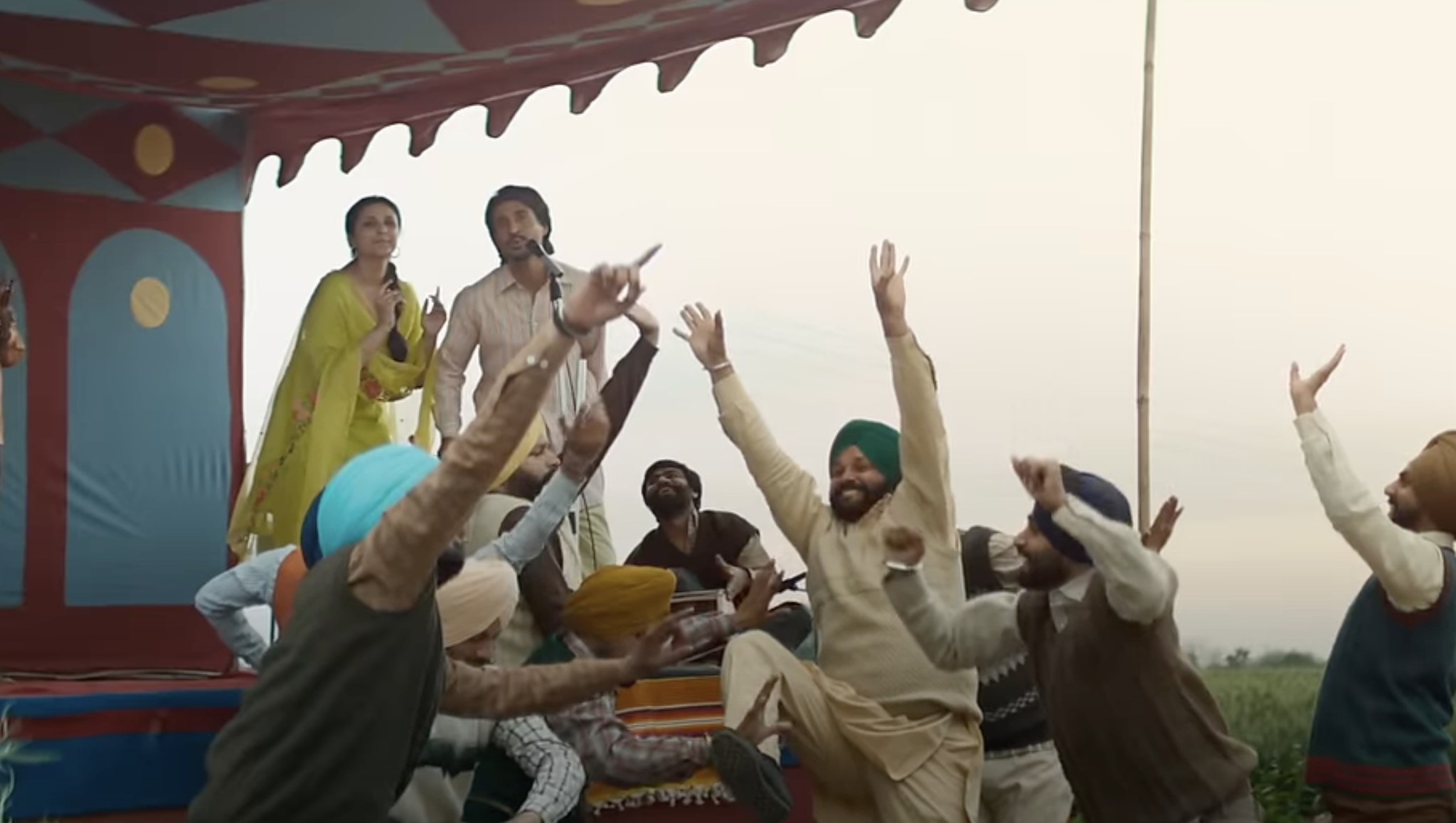The recently concluded Lok Sabha elections in the country have been a game-changer in more ways than one. They have proved that elections can be won by effectively and strategically using money, media and marketing. They have also busted the myth of the Muslim vote bank.
During the run-up to the polls, every party performed all sorts of antics to woo the Muslims. That was because they believed that Muslims vote en bloc and that they are primarily concerned with issues related to their identity and religion. Among other things, the parties made promises regarding personal law, Waqf properties, Urdu, minority institution status for Aligarh Muslim University and reservations for Muslims. Developmental issues were conspicuous by their absence. The political parties behaved as if the Muslims have nothing do with the social mainstream development and that the leaders of the community are only concerned with themselves and with preserving and perpetuating their hold over the community. How Muslims can join the national mainstream and what their role in it can be was not the concern of either the key political parties or the representatives of the Muslims.
 Whenever Muslims are talked about in the Indian context, the stratification that informs the community’s social structure is ignored. Muslims are taken to be a homogenous community. The entire discourse on minorities suffers from this basic flaw. The fact is that, historically, Muslims have been divided into many classes and there are ‘Forward Muslims’ and ‘Backward Muslims’. The Forward Muslims are called Ashraf while the Backward or Dalit Muslims are called Pasmanda. The Muslim community is as stratified as the Hindus. Prof Imitiaz Ahmed, in his book Caste and Social Stratification among Muslims in India, says that a stratified social structure, based on ‘Jaat Biradari’, which is analogous to caste, is very much in place among the Muslims.
Whenever Muslims are talked about in the Indian context, the stratification that informs the community’s social structure is ignored. Muslims are taken to be a homogenous community. The entire discourse on minorities suffers from this basic flaw. The fact is that, historically, Muslims have been divided into many classes and there are ‘Forward Muslims’ and ‘Backward Muslims’. The Forward Muslims are called Ashraf while the Backward or Dalit Muslims are called Pasmanda. The Muslim community is as stratified as the Hindus. Prof Imitiaz Ahmed, in his book Caste and Social Stratification among Muslims in India, says that a stratified social structure, based on ‘Jaat Biradari’, which is analogous to caste, is very much in place among the Muslims.
This stratification among the Muslims is often ignored – either inadvertently or otherwise. The Sacchar committee, however, seemed to have grasped this stratification very well. In the tenth chapter of its report, the committee presents an excellent analysis of the caste divisions and discrimination among Muslims. The report says that there are three classes of Muslims: first, which suffer from no social inadequacies – Ashraf; second, which can be compared with Hindu OBCs – Ajlaf; and third, which can compared with Hindu SCs – Arjal. The second and third classes jointly form the Pasmanda or Muslim OBC class.
Not only the politicians but even the intelligentsia seems to believe that Muslims are a homogenous community. The outcome of this misconception is that the Forward Muslims almost always manage to monopolize the gains from policies and programmes designed for the welfare of the minorities. The majority Pasmanda class – which comprises Dalit and Backward Muslims and which has always suffered socially, economically and politically – is left high and dry, despite forming almost 85 per cent of the community.
Often, many people, especially Muslim politicians and Ulema, misinterpret the Sacchar committee report to claim that “Sacchar committee has revealed that the condition of India Muslims is worse than that of Dalits”. This is not true. Sacchar panel has, of course, said that on some indices, the condition of Muslims is worse than that of Hindu Dalits. But that does not mean that all Muslims are worse off than Hindu Dalits on socio-economic markers or they are as oppressed and neglected as Dalits are or they are facing the same kind and degree of economic hardship.
The reality is that it is the condition of Dalit and Backward Muslims that can be compared with that of Hindu Dalits. For instance, NSS (61st Round) reveals that in terms of income, Muslim Ashrafs are ahead of not only Pasmanda (Dalit-OBC Muslims) but also the Hindu OBCs. According to the available statistics, the per person-per-month expenditure of Hindu OBCs is Rs620 and of Muslim OBCs Rs605. The corresponding figure for Muslim Forward castes is Rs633. Thus, in terms of income, Muslim Ashrafs are better off than not only Pasmanda (OBC) Muslims but even Hindu OBCs. A Halalkhor (Mehtar) is as untouchable for a high-caste Muslim as a Hindu Bhangi for a Hindu of the higher Varna.
In India, minority politics originated as an elite-dominated Muslim politics in response to Hindu fascist politics. The Muslim politics was confined to binaries like minority versus majority, communalism versus secularism and witch-hunting versus security. The elite-dominated Muslim politics had no place for democracy. The Ashraf elites ruled over all institutions, including the political ones. Ashfaq Hussain Ansari, in his book Basic problems of OBC and Dalit politics, has analyzed the share of Pasmanda Muslims among
the members of the first to the fourteenth Lok Sabhas.
| Total number of MPs from first to fourteenth Lok Sabha | 7500 |
|---|---|
| Total number of Muslim MPs from first to fourteenth Lok Sabha | 400 |
| No of Ashrafs among Muslim MPs | 340 [4.5%] |
| No of Pasmandas among Muslim MPs | 60 [0.8%] |
| Percentage of Muslims in population of India (Census 2011) | 14.23% |
| P) ercentage of Ashraf Muslims in population of India (They form 15 per cent of the Muslim population) | 2.13% |
| Percentage of Pasmanda Muslims in population of India (They form 85 per cent of the Muslim population) | 11.40% |
| Source: Ansari (2007); Election Commission of India; Registrar General of India |
Thus, according to this study, of the 7,500 persons elected as MPs from the first to the fourteenth Lok Sabhas, 400 were Muslims. And among them, 340 were Ashrafs and only 60 came from Pasmanda castes. If the percentage of Muslims in total population of India (Census 2011) is 14.23, then the Ashrafiya population is only 2.13 per cent (which is 15 per cent of Muslim population). Their representation in the Lok Sabhas was, however, 4.5 per cent (340/7500), which is double their percentage in the population. On the other hand, the representation of Pasmanda Muslims, who form 11.4 per cent of the total population of India, was only 0.8 per cent. Given the share of Muslims in the population of India, cumulatively, at least 1,000 Muslims should have been elected to the Lok Sabha, but only 400 were. At first glance, it may appear that the Muslims did not get their due. But a closer analysis would indicate that Ashraf (Forward) Muslims got twice what was due to them. It is Pasmanda (Backward) Muslims who have suffered as they could not get representation in
proportion to their population. In the elections to the sixteenth Lok Sabha, not a single Muslim candidate has won from 21 states and six Union territories. Probably, in the history of Indian democracy, never was the number of Muslim Lok Sabha members so low. Only 23 Muslim MPs have been elected. This takes us back to 1957 when also only 23 Muslim MPs were elected. It was in 1990 the highest number of Muslims – 49 – was elected to the Lok Sabha. Not a single Muslim has been elected from Uttar Pradesh, which sends 80 members to the Lok Sabha. After Independence, it is the first occasionwhen no Muslim has been returned from UP.
These figures suggest that the representation of Muslims is falling. But if the Muslim MPs are segregated into Forward and Backward, then a different picture emerges. Of the 23 Muslim MPs, only one is a Pasmanda; all the rest are Ashrafs. The truth is that the representation of Backward Muslims, which was already low, is falling further.
According to Nobel laureate Economist Douglas North, the foundation of the performance of a society rests on both informal and formal institutions built by it. These institutions are endogenous, ie, the different social, economic, legal and political institutions influence one another. Clearly, democratization of one institution will lead to democratization of the other institutions.
Now that the sixteenth Lok Sabha is in place and the myth of Muslim vote bank has been busted, the need of the hour is democratization of the Muslim community to ensure that all its classes and castes get representation in its institutions. Also, Dalits, OBCs, Pasmandas and Bahujans need to forge a common front. The Muslim politicians and parties have to decide whether they want all sections of the 18-crore Muslims of the country to be represented in the political institutions or whether they intend to perpetuate the hold of the elite-dominated groups with their communal and identity-based politics and demands.
Published in the July 2014 issue of the Forward Press magazine
Forward Press also publishes books on Bahujan issues. Forward Press Books sheds light on the widespread problems as well as the finer aspects of Bahujan (Dalit, OBC, Adivasi, Nomadic, Pasmanda) society, literature, culture and politics. Contact us for a list of FP Books’ titles and to order. Mobile: +919968527911, Email: info@forwardmagazine.in





